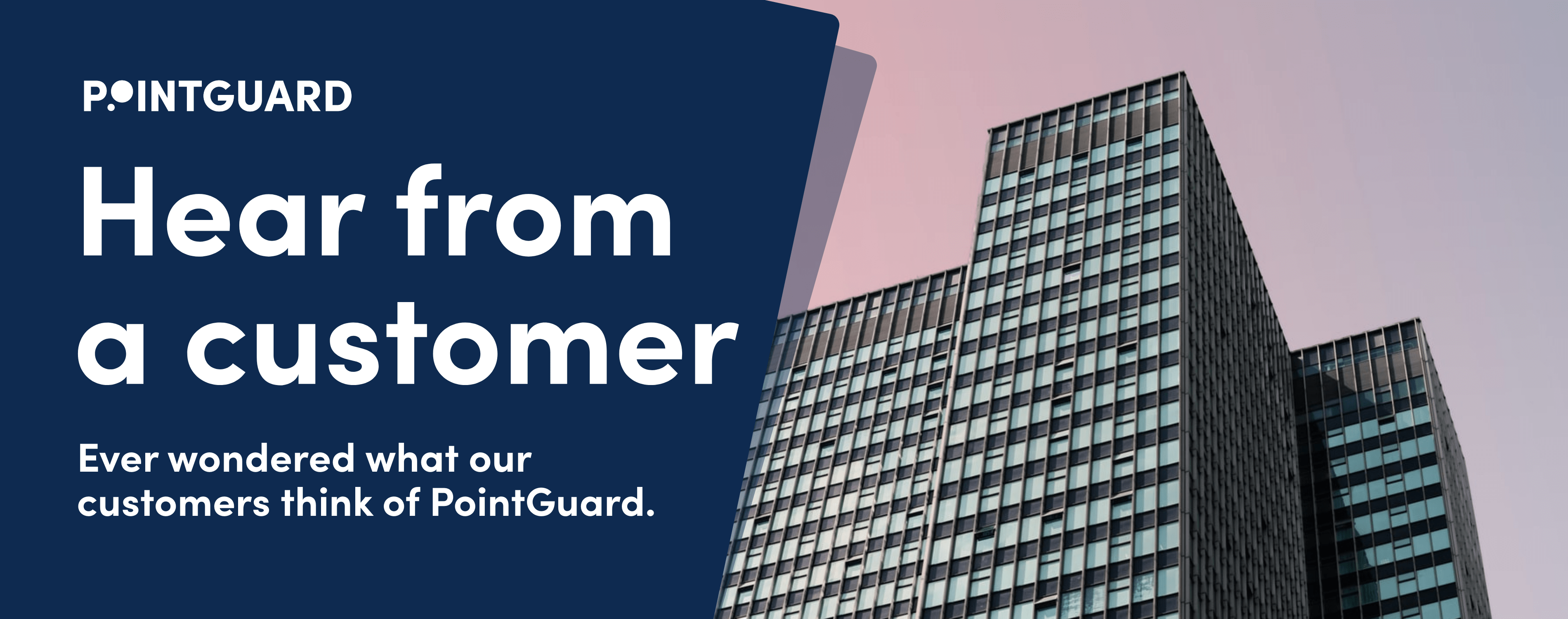Many BMS Control Systems make more promises than they can deliver. A Class A commercial office space or corporate headquarters implies complex system architecture that delivers excellent comfort, ease of access, and elevated experience. The built environment’s ever expanding use of technology facilitates better experiences for occupants and visitors all around. Yet, go to any basement, rooftop, or central plant and the technology being used there sucks.
We see so often that sophisticated buildings are running their HVAC on unsophisticated BMS architecture. From poor set up, to proprietary vendor control, to scant diagnostic capabilities, the once innovative technology of the Building Management System is no longer as future proof as it seems.
One of the most common issues we see when first connecting to a client’s BMS is poor or inaccurate set up. (For more on how this impacts your smart building deployments read on here) Inaccurate zone configurations, equipment tied to the wrong floor, or simply not enough dampers in a suite mean that the visibility and control that the BMS promises falls flat of expectations.
Proprietary vendor control also plays a key role in how effective a BMS can be to a facility team or organization. If your team has to call an outsource controls manufacturer or controls installer every time equipment goes offline or the sensors malfunction to diagnose and fix the problem, the BMS arrangement is interrupting your team’s valuable time and resources. Some clients have specifically employed our software on top of their BMS for a vendor-agnostic solution that can break them free of having just one resource for maintenance and repair of their systems.
More often however, Scant diagnostic ability is a major reason clients have for putting something like PointGuard’s platform on top of their BMS. While they promise full control and visibility across all building equipment, BMS are slow with clunky interfaces and limited analytic tools. That is where software overlays play a crucial role.
Taking all this into consideration, Building Management Systems have frankly outlived their promised lifeThe next era of building intelligence will require that BMS deployments evolve from their 90s era look and capabilities to keep up with facility managements demands on a modern, Class A space.
The next generation is PointGuard. Our software finds and helps fix many of these problem in our on-boarding process. PointGuard’s onboarding identifies zone issues, equipment configuration issues, etcetera within the first 2-4 weeks of deployment. With better diagnostic tools and better data visibility, facility management teams can also correct issues of underutilization. A centralized, single-pane-of-glass that contains all the equipment trend data over time, repair data, and forecasting helps alleviate the confusion that can come with employee turnover.
Learn more about how the PointGuard solution can help your specific needs by scheduling a demo today.












